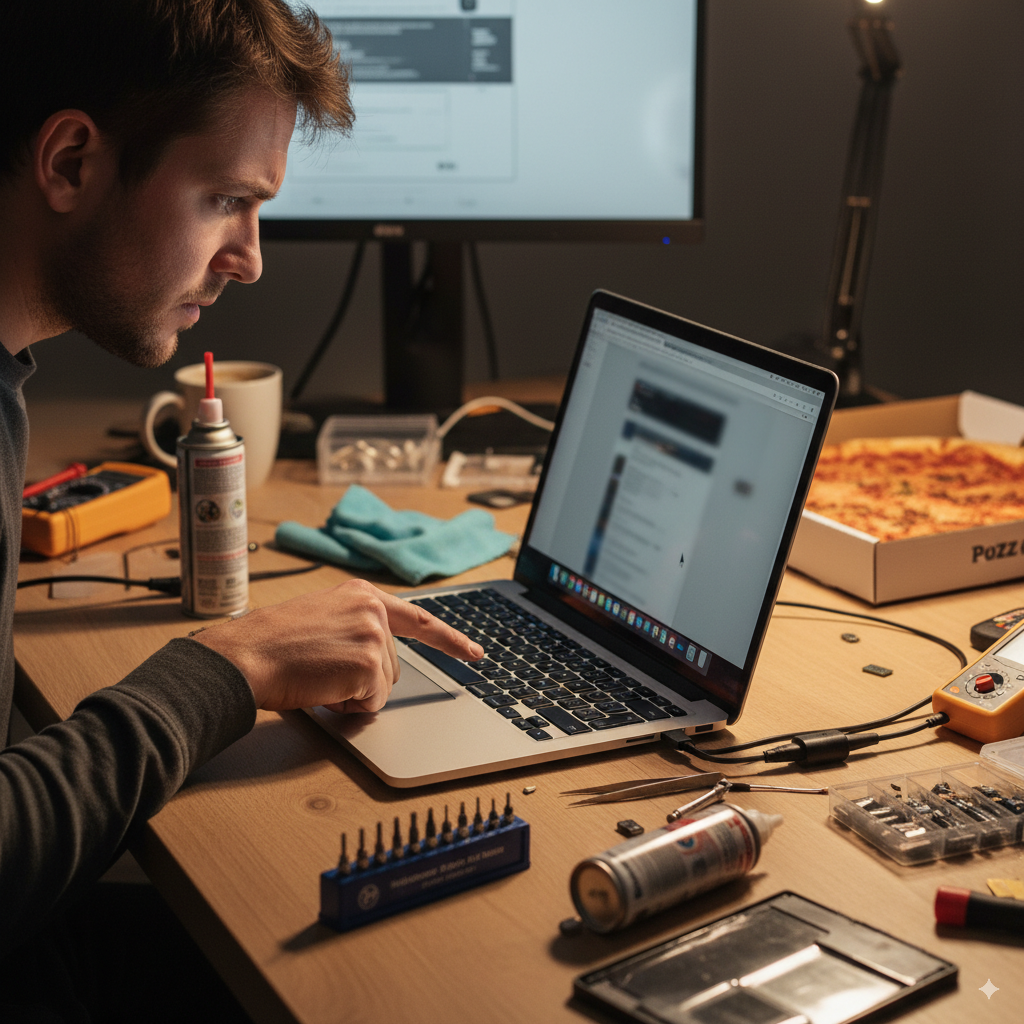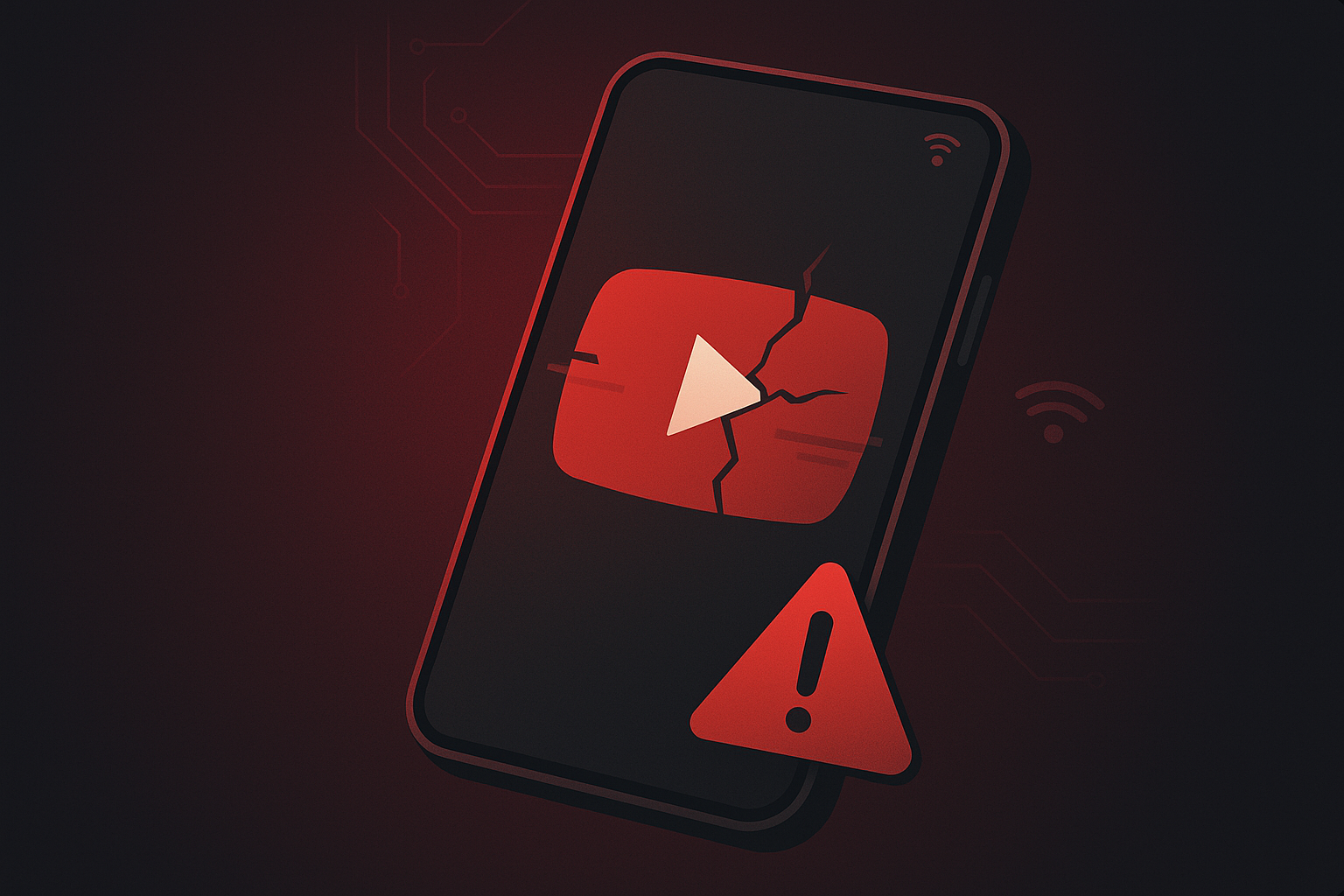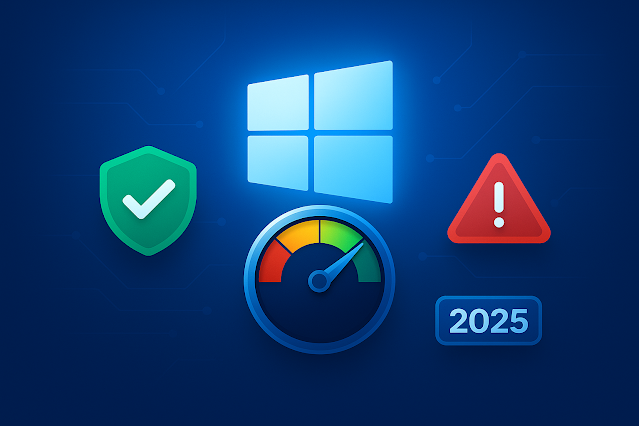· 5 min read
MacBook Trackpad Not Clicking? 17 Fixes (Intel & Apple Silicon)
Is your MacBook trackpad not clicking or feeling weird? Try these 17 proven fixes—covering settings, Safe Mode, SMC/NVRAM, diagnostics, and when to suspect a swollen battery—tested on both Intel and Apple silicon Macs.

If your MacBook’s trackpad suddenly stops “clicking,” feels mushy, or won’t register presses, don’t panic. Modern Apple Force Touch trackpads simulate a click with haptics (no moving parts), so a lost “click” is often a software or settings quirk—not necessarily a broken part. Let’s fix it step by step and flag the few cases where you should stop using the laptop and book service.
Tip: If you can’t click right now, plug in a USB or Bluetooth mouse to navigate while you try these steps. You can also enable keyboard navigation temporarily (Option–Command–F5 opens Accessibility Shortcuts). ([Support Apple][1])
Quick things to try first
- Restart the Mac (simple but surprisingly effective).
- Connect to power for a minute—Force Touch haptics need power.
- Toggle “Tap to click” to stay productive while you troubleshoot: System Settings → Trackpad. ([Support Apple][2])
- Update macOS: System Settings → General → Software Update. Updates often include input drivers/firmware. ([Support Apple][3])
17 proven fixes (from quickest to deeper)
1) Verify your trackpad settings
Go to System Settings → Trackpad and check:
- Click pressure (Light/Medium/Firm)
- Force Click & haptic feedback (toggle off/on)
- Tap to click (enable as a workaround)
These options control how clicks register and feel. ([Support Apple][2])
2) Make sure the Mac isn’t ignoring the built-in trackpad
If you’ve ever connected a mouse or Magic Trackpad, macOS can disable the built-in one: System Settings → Accessibility → Pointer Control → turn off “Ignore built-in trackpad when mouse or wireless trackpad is present.” ([Support Apple][4])
3) Confirm Mouse Keys is off
Mouse Keys lets the keyboard move the pointer and can make clicking feel broken. System Settings → Accessibility → Pointer Control → ensure Mouse Keys is Off. ([Support Apple][5])
4) Clean the trackpad surface/edges
Oil or debris along the edge can interfere with touch sensing. Power down, wipe with a barely damp microfiber, and gently clear lint around the perimeter. (Community fixes even note a thin paper pass along the bottom edge can dislodge debris—do this gently.) ([Reddit][6])
5) Turn Force Click off, then back on
Some users recover haptics by toggling Force Click & haptic feedback off, testing, then re-enabling. Find it under System Settings → Trackpad. ([Support Apple][2])
6) Adjust or enable a different dragging style
If dragging feels broken rather than clicking, set Use trackpad for dragging and try Three-finger drag: Accessibility → Pointer Control → Trackpad Options → Dragging style. ([Support Apple][7])
7) Update macOS
Bug fixes for input devices ship via updates. Install any pending updates: System Settings → General → Software Update. ([Support Apple][3])
8) Disable Universal Control temporarily
If your cursor/inputs are “wandering” to an iPad or another Mac, turn off Displays → Universal Control to test. ([Support Apple][8])
9) Remove login items, then reboot
A third-party utility loading at login can hijack gestures. System Settings → General → Login Items & Extensions → remove suspicious items, restart, and re-test. ([Support Apple][9])
10) Boot in Safe Mode
Safe Mode loads only Apple drivers and can auto-repair disks. If clicks work here, the culprit is likely third-party software.
- Apple silicon: Shut down → hold Power for startup options → select disk → Shift → Continue in Safe Mode.
- Intel: Restart → immediately hold Shift until login window. ([Support Apple][10])
11) Run Apple Diagnostics
Shut down, then start up holding D (or Option–D for Internet Diagnostics). Note any reference codes, which help service providers pinpoint hardware (trackpad cable, Taptic Engine, etc.). ([Support Apple][11])
12) Reset power management (SMC behavior)
- Apple silicon: A normal restart refreshes power management.
- Intel/T2 Macs: Perform an SMC reset (key combo depends on model). Apple’s docs reference SMC resets for power issues, and doing one can restore trackpad/haptic behavior. ([Support Apple][12])
13) Reset NVRAM/PRAM (Intel only)
On Intel Macs, reset NVRAM: start up holding Option–Command–P–R for ~20 seconds. (Not applicable on Apple silicon.) ([Support Apple][11])
14) Create a new user and test
If clicking works in a fresh macOS profile, the issue is likely preferences in your original account. System Settings → Users & Groups → Add User. ([Support Apple][13])
15) Reinstall macOS (non-destructive)
If hardware looks fine but clicks still fail, reinstall macOS from Recovery (keeps your data by default).
- Apple silicon: Shut down → hold Power → Options → Continue → Reinstall.
- Intel: Start up holding Command–R. ([Support Apple][14])
16) Check for battery swelling or case bulge (critical)
A raised or hard-to-press trackpad + a slight case bulge can indicate a swollen battery pressing up from beneath. Do not force-press a swollen trackpad. Apple has explicitly told users to stop using certain affected MacBook Pros in a recall scenario—illustrating the safety risk—and to arrange a battery replacement. If you see bulging or the lid no longer closes flat, power down and book service. ([Support Apple][15], [macReports][16])
17) Book Apple-authorized service
If Diagnostics shows hardware errors, haptics never engage, clicks are intermittent, or you suspect physical damage/liquid exposure, schedule repair with Apple or an Apple Authorized Service Provider. Prepare your Mac (backup, turn off Find My) before you go. ([Support Apple][17])
FAQs
“Why did my click disappear on a Force Touch trackpad?”
Because Force Touch simulates the click, if haptics fail (software, power, or hardware), you won’t feel or hear a click even though the glass doesn’t physically move. Toggling Force Click or updating macOS often restores it. ([Support Apple][2])
“Dragging is what’s broken, not clicking.”
Enable Use trackpad for dragging and try Three-finger drag (many editors prefer it), or test Drag Lock if you like double-tap-to-drag behavior. ([Support Apple][7])
“Safe Mode helped—now what?”
Re-add your login items one by one until the issue returns; remove the last added item. ([Support Apple][9])
When to stop and seek help immediately
- You see case bulging, a raised trackpad, or smell chemical odor → power down and get service; swollen lithium-ion cells are a safety concern. Apple’s recall language (“stop using”) underscores the risk profile. ([Support Apple][15])
- Diagnostics reports hardware codes. ([Support Apple][11])
Keep it smooth next time
- Install macOS updates promptly. ([Support Apple][3])
- Periodically wipe oils/debris from the pad’s edge. ([Reddit][6])
- Review login items after installing new utilities. ([Support Apple][18])
Useful Apple links
- Change Trackpad settings (click pressure, Force Click, Tap to click) ([Support Apple][2])
- Pointer Control (Mouse Keys, ignore built-in trackpad) ([Support Apple][4])
- Start in Safe Mode ([Support Apple][10])
- Update macOS ([Support Apple][3])
- Mac Diagnostics & key combos (D, Option–D; Option–Command–P–R) ([Support Apple][11])
- Get Mac service (Apple or Authorized Service Provider) ([Support Apple][17])


